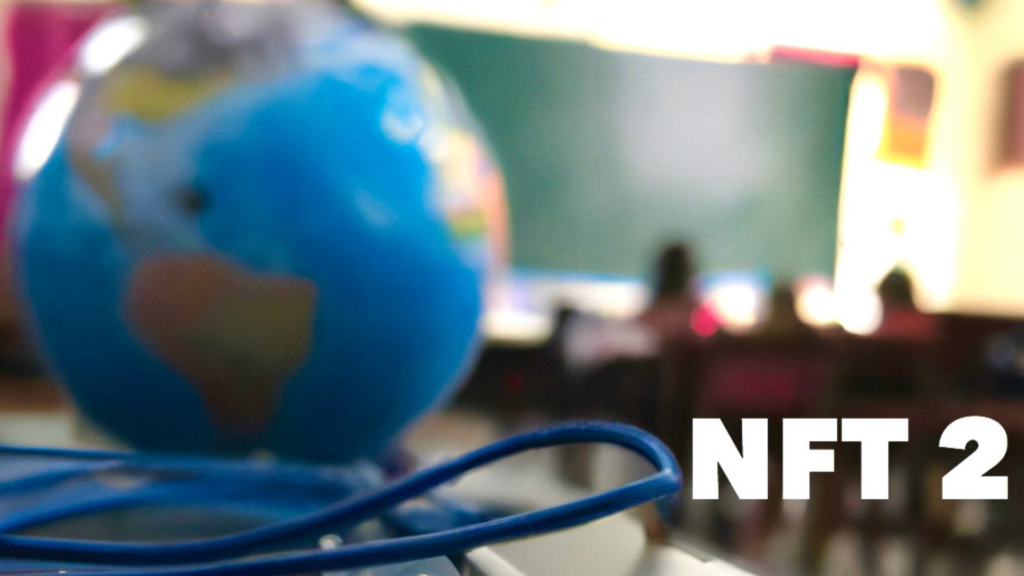Mapping the Need for Connectivity
Giga, a UNICEF-ITU initiative, works to connect every school in the world to the internet by 2030. Giga uses non-fungible tokens (NFTs) to build a decentralized and open-source database of schools worldwide. Giga’s Project Connect has already mapped 2.1 million schools across 136 countries; however, faces challenges in obtaining accurate and up-to-date information on factors, such as school classification and student enrollment. This information is critical for mapping the magnitude of the need for connectivity. To address these challenges, Giga plans to use NFTs to crowdsource the missing information through an open-source and decentralized database, called the NFT 2.0 collection, which will be similar to a Wikipedia page for every school.
Building the NFT 2.0 Collection: The Process
The process begins with the minting of a unique pair of NFTs for each school, initially for 50,000, which are held in escrow until a school claims to take ownership. The pair consists of a school-NFT that will be owned by a representative of the school and an identical collector-NFT that will be tradeable like any other NFT. The two are kept in sync, meaning that if data on one is updated, it will be reflected on the other. Anyone can join the platform and contribute data about a school in their community, which is shared publicly and can be upvoted by others to increase the confidence in the accuracy of the information. Schools or other trusted parties can validate the data, ensuring that it is accurate, relevant, and up to date.
NFT 2.0 rewards constructive actors who contribute accurate and useful data with an in-game currency that can be redeemed for collector-NFTs. The project will implement various gamification strategies such as redeeming points for NFTs, a season’s mechanic, referral program, and daily check-in bonus to ensure sustainability and motivation of participants.
The NFT 2.0 collection will be revolutionary in the way it mobilizes the global community to contribute to Giga’s tech-for-good initiative, and rewards contributors for their efforts. By allowing anyone in the world to contribute, validate, and update data for any school, the collection aims to gather precise and current information on schools globally.
NFTs will also serve as a visual representation of the school and its connectivity status, similar to the Patchwork Kingdoms collection. This will not only raise awareness about the digital divide, but also create a sense of ownership and pride for the schools and their surrounding communities.
Giga’s use of NFTs for fundraising and data collection is a unique and innovative approach to solving the problem of universal school connectivity. It allows a transparent and accessible way for individuals and communities to contribute to the cause, and at the same time, creates a new way for people to engage in a long-term, interactive relationship with a global initiative.
Overall, NFT 2.0 is a game-changer for Giga’s mission to connect every school and every young person to information, opportunity, and choice. It will not only help solve the problem of an unknown magnitude of schools globally, but also help bridge the digital divide and promote digital inclusion for all.

